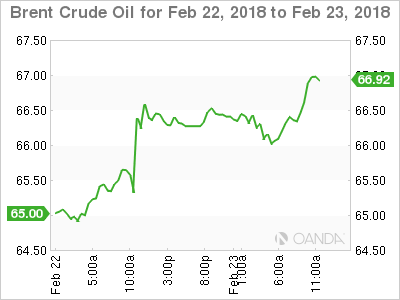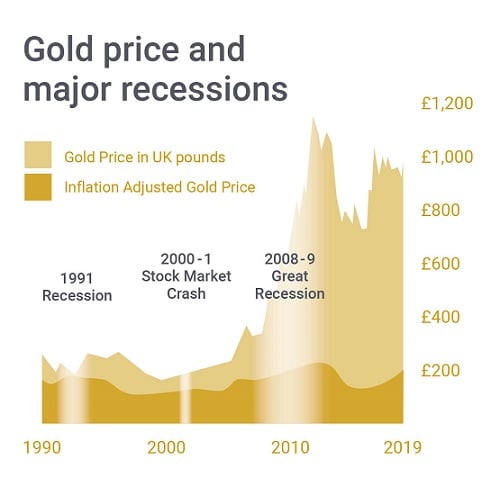Alright, buckle up, folks! The commodity markets are throwing punches left and right, and it’s a wild ride. Let’s break down the key moves from today, April 18th.

First up, Hungary’s sticking to its “windfall tax” on banks, oil, and retailers until 2026. Seriously? Stifling growth when they need it most! Then, the US is contemplating slashing nearly $10 billion in clean energy funding – a move that screams short-sightedness in a world screaming for sustainability.
Oil is seeing some interesting activity. Russian Urals crude being loaded from Indian ports is holding steady in price – still $2.50-$3/barrel below Brent. Indonesia is eyeing up to $19 billion in US imports, a good chunk of that being energy. Meanwhile, geopolitical jolts: a pipeline explosion in Colombia has halted oil shipments. Europe, particularly Italy, is bracing for increased LNG imports.
But here’s where things get really interesting – gold. Japan’s seeing record retail prices and subsequent profit-taking, but Citi just hiked their gold price target to a stunning $3,500/oz for the next three months, and $3,250/oz by Q2 2025! That’s a bold call, and it’s sending ripples through the market.
Speaking of ripples, the US is digging deeper into mineral deals with Ukraine and the DRC (Democratic Republic of Congo). Trump’s touting a Ukraine deal next week, and mercenary mogul Erik Prince is reportedly set to get involved in securing Congolese mineral resources. And Trump wants to use Nippon Steel deal as leverage in trade talks with Japan.
Now, let’s talk broader economics. Russia’s Q1 investment is growing, with agriculture, utilities, and water supply leading the charge. Indonesia is also looking to up its purchases of US agricultural goods like wheat, soybeans, and capital equipment. Finally, the US is pushing for policies to boost its shipbuilding industry, potentially implementing fees on cars and LNG carriers.
Knowledge Deep Dive: Understanding Windfall Taxes & Commodity Dependencies
A “windfall tax” essentially targets companies enjoying unexpectedly high profits – often during times of crisis or heightened demand. While seemingly appealing, they can disincentivize future investment and production.
The DRC mineral deals highlight the growing scramble for critical minerals used in electric vehicles and renewable energy technologies. Securing these resources is becoming a major geopolitical issue.
Commodity price fluctuations also reflect a nation’s dependence on foreign supplies. Indonesia’s increased import plan shows its reliance on US energy exports.
Commodity trade heavily relies on transportation. A change in shipping policies like the US one, can heavily impact both suppliers and consumers.





